While this is an iOS bug (and new in iOS 7, I should add), I do have another way to work around it that one might find acceptable. The functionality is still slightly degraded but not by much.
Basically, the idea is to set the font to the default font family/style whenever the field has something entered in it; but when nothing is entered, set it to your custom font. (The font size can be left alone, as it's the family/style, not the size, that is buggy.) Trap every change of the field's value and set the font accordingly at that time. Then the faint "hint" text when nothing is entered has the font that you want (custom); but when anything is entered (whether you are editing or not) will use default (Helvetica). Since bullets are bullets, this should look fine.
The one downside is that the characters, as you type before being replaced by bullets, will use default font (Helvetica). That's only for a split second per character though. If that is acceptable, then this solution works.

